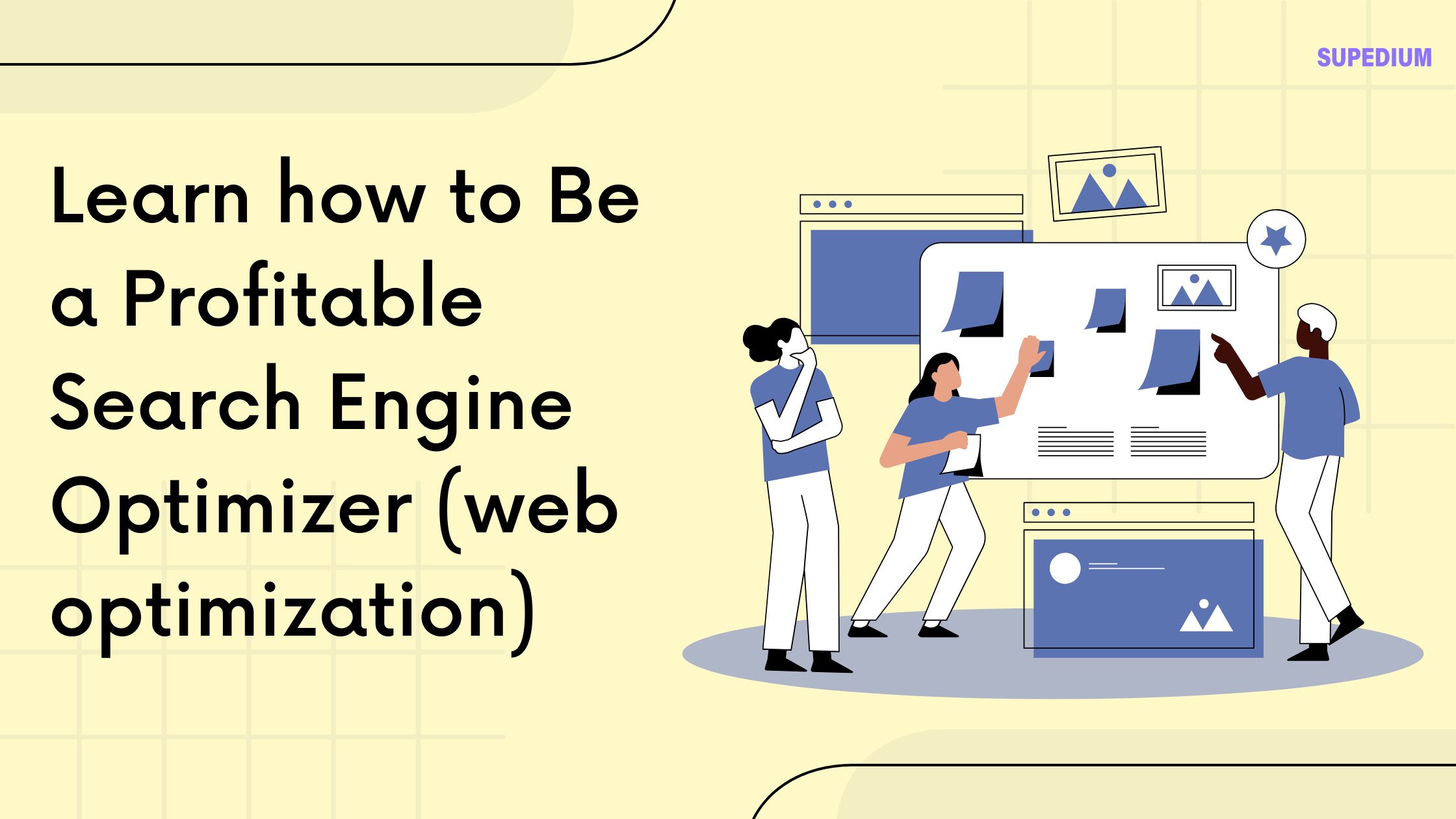Table of Contents
![]()
Demand Side Economics Definition
It is a school of economic thought introduced by John Meynard Keynes, that argues the economic growth is directly proportionate to the demand for products and services. It contradicts the classical economic theory, supply-side economics that asserts economic growth depends on the production and supply of goods and services.
A Little More on What is Demand-Side Economics
Keynes shaped this theory after the 1930s great depression in response to the economic crisis. Before the great depression, classical economics was dominant but that thought failed to explain the condition during the depression. According to the classical theory, the economic balance would be reestablished over time through the market forces of supply and demand. This theory was defied during the great depression as the market failed to restore the economic equilibrium and the unemployment was on the rise. The economists advocating for the classical theory failed to explain this widespread unemployment and downfall of the economy. Keynes argued the growth of economy does not rely on the supply of the products, rather it is the demand in the market that stimulates the growth. He explained, during the great depression the workers were unemployed, and factories were idle because there were no demands for the products. As the products were not sold in the market, the manufacturers stopped producing those goods thus the workers were not needed. He argued in this situation the market cannot reestablish the balance without creating demands. Keynes advocated for government intervention in creating the market demand during recession or depression for promoting growth. Keyness theory shifted the paradigm of economic study from supply to demand. In later years Keynesian economists developed the theory and established a new school of thought. Keynesian economists argue, if there is a lack of demand in the market and people are unable to buy goods, the government can intervene by altering interest rates or selling or buying government-issued bond, in other words by pushing more money into the market. They believe that would increase the buying capacity of the consumers which in effect will increase the demand in the market. Once the demand is on the rise the manufacturers would be interested to produce more goods and that would generate employment.
References for Demand-Side Economics
- https://www.investopedia.com/ask/answers/040915/what-demandside-economics.asp
- https://en.wikipedia.org/wiki/Demand-side_economics
- http://www.businessdictionary.com/definition/demand-side-economics.html





Be the first to comment